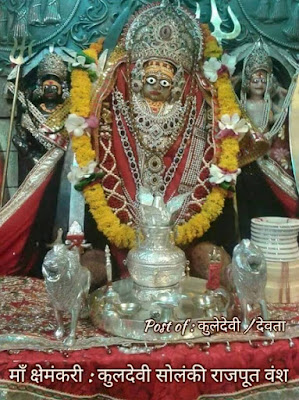Nagvansi Rajput
Nagvansi Rajput
Rājpūt, Nāgvansi.—This clan are considered to be the descendants of the Tāk or Takshac, which is one of the thirty-six royal races, and was considered by Colonel Tod to be of Scythian origin. The Takshac were also snake-worshippers. “Nāga and Takshac are synonymous appellations in Sanskrit for the snake, and the Takshac is the celebrated Nāgvansa of the early heroic history of India. The Mahābhārat describes in its usual allegorical style the war between the Pāndus of Indraprestha and the Takshacs of the north. Parikhīta, a prince on the Pāndu side, was assassinated by the Takshac, and his son and successor, Janamejaya, avenged his death and made a bonfire of 20,000 snakes.”1 This allegory is supposed to have represented the warfare of the Aryan races against the Sākas or Scythians. The Tāk or Takshac would be one of the clans held to be derived from the earlier invading tribes from Central Asia, and of the lunar race. The Tāk are scarcely known in authentic history, but the poet Chand mentions the Tāk from Aser or Asīrgarh as one of the princes who assembled at the summons of Prithwi Rāj of Delhi to fight against the Muhammadans. In another place he is called Chatto the Tāk. Nothing more is known of the Tāk clan unless the cultivating Tāga caste of northern India is derived from them. But the Nāgvansi clan of Rājpūts, who profess to be descended from them, is fairly numerous. Most of the Nāgvansis, however, are probably in reality descended from landholders of the indigenous tribes who have adopted the name of this clan, when they wished to claim rank as Rājpūts. The change is rendered more easy by [456]the fact that many of these tribes have legends of their own, showing the descent of their ruling families from snakes, the snake and tiger, owing to their deadly character, being the two animals most commonly worshipped. Thus the landholding section of the Kols or Mundas of Chota Nāgpur have a long legend2 of their descent from a princess who married a snake in human form, and hence call themselves Nāgvansi Rājpūts; and Dr. Buchanan states that the Nāgvansi clan of Gorakhpur is similarly derived from the Chero tribe.3 In the Central Provinces the Nāgvansi Rājpūts number about 400 persons, nearly all of whom are found in the Chhattīsgarh Districts and Feudatory States, and are probably descendants of Kol or Munda landholding families.







